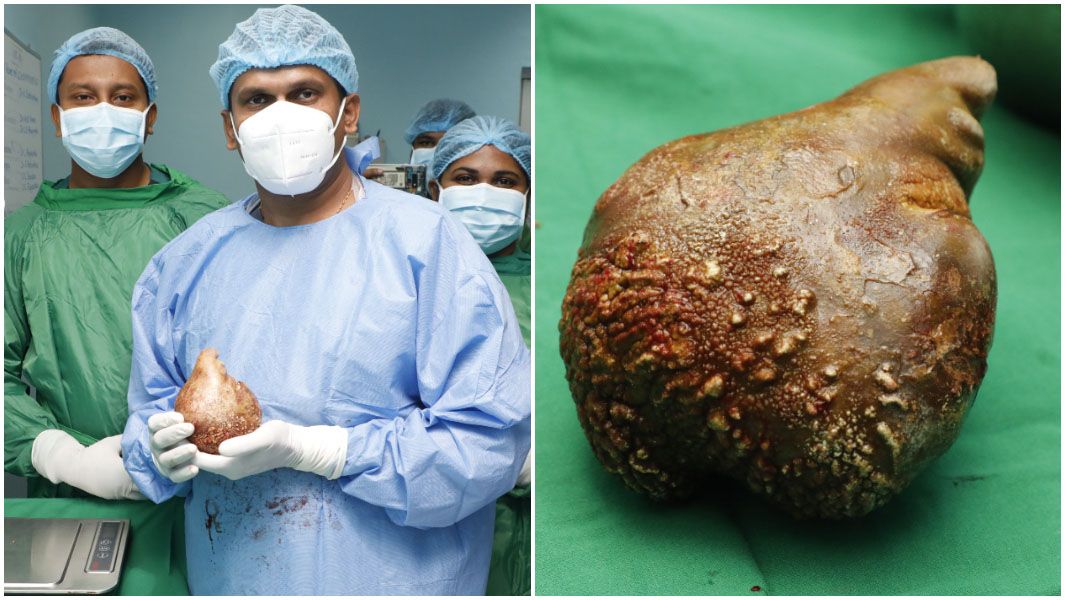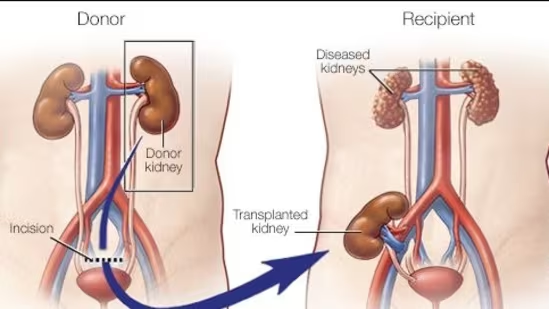
“
The kidneys and urinary system are essential for filtering waste and maintaining fluid balance. This blog will explore 20 Amazing Facts About Kidneys and Urinary System. These facts will shed light on the fascinating functions of the kidneys, their role in health, and how they manage waste removal. From their incredible filtration capabilities to their impact on overall well-being, these insights will enhance your understanding of these vital organs and their crucial role in sustaining a healthy body.1
1
”
The kidneys filter around 120 to 150 quarts of blood daily, producing 1 to 2 quarts of urine. This process removes waste and excess fluids, helping maintain the body's balance of water, salts, and minerals. 1
Despite being about the size of a fist, each kidney contains around a million tiny filtering units called nephrons. These nephrons filter blood, control blood pressure, and regulate electrolyte levels, making kidneys essential for overall body balance. 2
The urinary system consists of the kidneys, ureters, bladder, and urethra. It removes waste and extra fluid from the body. The system also helps regulate blood pressure and maintain the balance of water and electrolytes. 3
The kidneys play a vital role in producing Erythropoietin, a hormone that stimulates the production of red blood cells in the bone marrow. This process helps ensure your body has enough oxygen-carrying red blood cells. 4
Kidney stones are solid masses of crystals formed in the kidneys. They result from high concentrations of certain substances, such as calcium, oxalate, or uric acid, which can crystallize and form stones, causing intense pain when passed. 5
Your kidneys help regulate your blood pH by excreting hydrogen ions and conserving bicarbonate. This process maintains the body’s acid-base balance, crucial for normal cell function, and helps prevent conditions like acidosis or alkalosis. 6

A colossal kidney stone, removed from 62-year-old Sri Lankan retiree Canistus Coonghe, measures 13.37 cm by 10.55 cm, breaking records as the largest ever. Remarkably, it surpassed the size of his 11.8 cm kidney.
Hydration is key for kidney health. When you’re dehydrated, your kidneys conserve water, producing concentrated urine. Chronic dehydration can strain the kidneys, increasing the risk of kidney stones, urinary tract infections, and other complications. 7
The bladder can hold about 400 to 600 milliliters of urine and signals to the brain when it’s time to urinate. The urge to urinate becomes stronger as the bladder stretches to its maximum capacity. 8
Ureters are two thin tubes that carry urine from the kidneys to the bladder. These tubes are about 8 to 10 inches long and have smooth muscles that contract to propel urine toward the bladder in waves. 9
Blood flow through the kidneys is remarkably high. In fact, about 20–25% of your heart's output goes directly to the kidneys. This high blood flow ensures efficient filtration of waste products from the blood. 10
The urethra, the tube that expels urine from the bladder, differs in length between genders. In women, it’s around 1.5 inches, while in men, it’s about 8 inches long and passes through the prostate gland. 11
To urinate, the brain signals sphincters to relax and bladder muscles to contract, pushing urine through the urethra. Frequency depends on kidney output, bladder capacity, and brain signals indicating the need to go. 12
The bladder contains the detrusor muscle, which is highly elastic. This muscle can expand as the bladder fills with urine and contract during urination, adjusting its size to accommodate varying volumes of urine. 13
The color of urine can provide insights into hydration and health. Clear to light yellow urine indicates proper hydration, while dark yellow or amber-colored urine may suggest dehydration or other underlying health issues. 14
The kidneys are capable of functioning with only 10% of their normal capacity. This means a person can lose most of their kidney function and still survive with proper medical intervention, though dialysis or transplant may become necessary. 15
Dialysis is a medical treatment used when the kidneys are no longer able to filter waste from the blood. It mimics kidney function, removing waste and excess fluids and balancing electrolytes, either through hemodialysis or peritoneal dialysis. 16

Kidney transplants are often the best treatment for end-stage kidney disease. The transplanted kidney takes over the work of filtering blood and producing urine, allowing recipients to live a normal life without the need for dialysis.
Kidneys are located in the back of the abdomen, protected by the lower ribs. Interestingly, the right kidney sits slightly lower than the left one to accommodate the liver's size and position in the body. 17
On June 16, 1999, a 35-year-old Egyptian patient at Bugshan Hospital had 22 liters of urine removed due to hydronephrosis. The kidney, removed on July 6, 1999, measured 50 x 40 x 25 cm and weighed 700 g. 18


